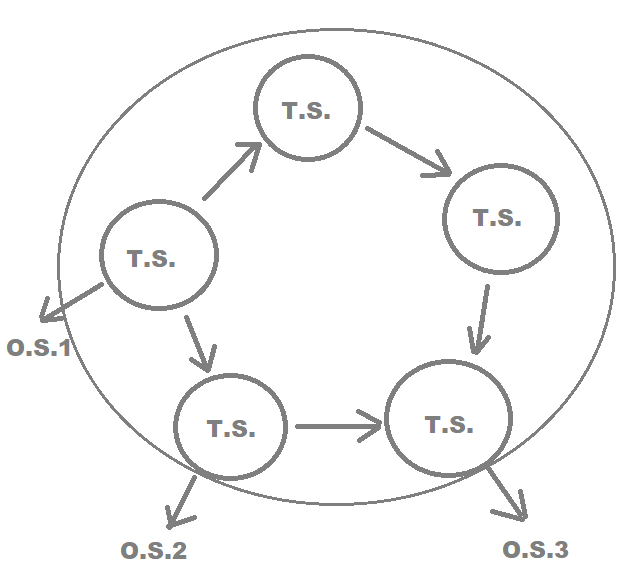Carnap on meaning and meaningfulness
Carnap wants to diminish bad metaphysics influence, so he rejects metaphysical terms which are meaningless and non-verifiable. Metaphysical beliefs are derived neither by logic nor by empirical evidences:
- Aesthetics – this painting is better than..
- Ethics – X ought to do Y,
- Religion – God exists.
These propositions are meaningless as they are non-verifiable.
According to Carnap, the meaningful proposition is analytic and verifiable synthetically a posteriori. Verifiable proposition is not necessarily true. It is testable.
| Analytic | Synthetic | |
| a priori appeal by reason | 2+2=4 All bachelors are unmarried. p v ∼ p | |
| a posteriori 5 senses | H2O ( There must be some observation to arrive at necessary truth) | Chalk exists. University is expanding. There are non-human animals. |
Carnap’s Meaning & Atomism & Verifiability
Schema I
Carnap wants to reduce theoretical sentences to observational sentences.
For instance, we have the following sentences:
- Theoretical sentence – S(x)=W(x)/V(x)
- Observational sentence – Wood floats on water, iron sinks in it.
Explicit definition provides analytic connection: The specific gravity of x is less than y, if x floats on y.
T.S. (Theoretical sentence) = O.S. (Observational sentence)
So, T.S. is reducible to O.S. Once you verify O.S., you verify T.S. and establish a meaningful connection between theory and science. As long as O.S. is verifiable and O.S. is equivalent to T.S., then T.S. is also verifiable.
Carnap wants to provide rational reconstruction of the external world. We have to look at experience and then establish a connection (a link) to the theoretical sentence. It gives us a strong justification for the theory of science.
Schema II
Carnap moves to Bilateral reduction sentences. Suppose the wood is not in the water.
If x is false, it does not mean that the gravity of x is less than y. In this case, we need some degree of T.S. The reduction would be the following:
O.S.
↑
T.S. → O.S.
↓
O.S.
Critique of Quine
Quine objects to this reductionaism approach, because we cannot get the entire meaning of the reduction sentences. You will never get a complete verifiability because of a degree of confirmability. This reduction picture is false, so we need to move to coherence theory.

In this holistic picture, theoretic sentences are jointly connected. The whole theory entails some observational sentences. Anytime you verify O.S., you provide support for T.S. and for theory as a whole. That shows that the whole theory is not atomic, but holistic. If ∼ O.S., then ∼ T.S.
For Quine, observational sentences have to be stand alone. They depend on some collateral information.
| T.S. → | O.S. |
| ↑ T.S. |
Bibliography:
- Carnap, Rudolf. Testability and meaning. Philosophy of Science, 3, 420-471, 1937
- Quine, W. V. Ontological relativity and other essays. New York: Columbia U P, 1969